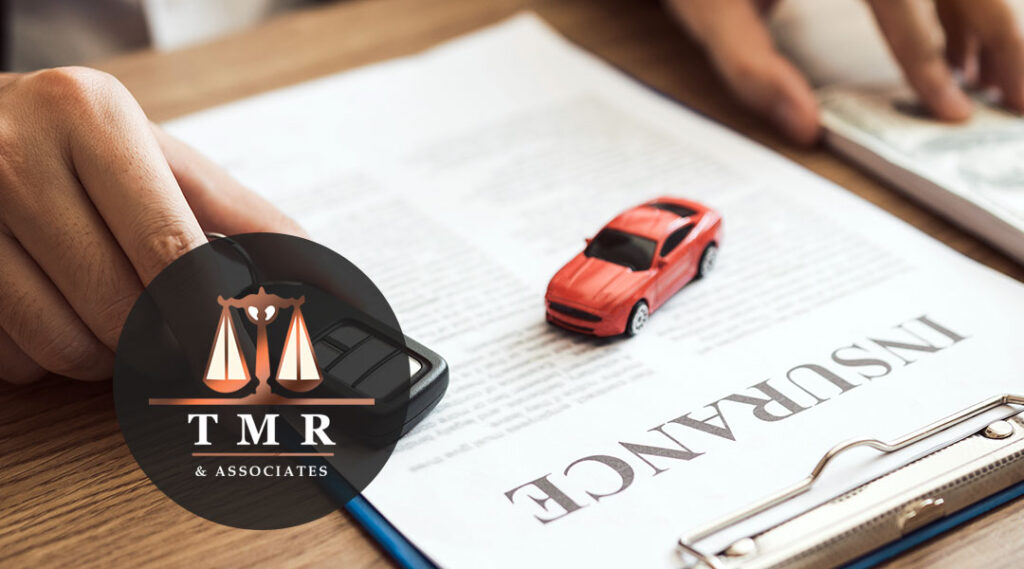Automobile insurance isn’t exciting. However, it’s important to have a basic understanding of your coverage options and what they entail. The two coverages that Florida law mandates all drivers to have are Property Damage Liability and Personal Injury Protection, but there are other coverages you need to keep in mind when buying insurance. Read on to learn more about Uninsured or Underinsured Motorist Liability coverage and why you should consider getting it.
Why Should I Consider UM Coverage?
23% of registered vehicles in Florida were uninsured in 2016, meaning that there are millions of cars on the road that could cause an accident and leave you struggling. Along with these uninsured motorists, there are millions of underinsured motorists with vehicles that carry insufficient coverage, unfortunately leaving an injured victim in a car accident with few options for financial relief. One type of coverage designed to protect you from such a difficult situation is Underinsured or Uninsured Motorist (UM) coverage.
What UM Covers
Since Florida law doesn’t mandate that drivers need to carry Bodily Injury liability coverage, Underinsured or Uninsured Motorist Insurance is essential to have in the state. Bodily Injury liability coverage protects the insured party if they cause an accident and are at fault for the injuries of another party. UM plays a similar role to Bodily Injury coverage, but rather than being there for the benefit of third parties, UM coverage pays any monetary damages you are legally entitled to recover from bodily injury or death due to an uninsured or underinsured motorist, or a hit-and-run driver. Essentially, UM offers coverage when a driver is involved in an accident with a motorist who is either not carrying any insurance or isn’t carrying enough insurance to cover the injuries they are at fault for. UM coverage includes:
- Loss of the future enjoyment of life
- Medical bills
- Lost wages
- Disability
- Wheelchairs and medical devices resulting from the injury and its recovery
- Long term nurse care
- Pain and suffering
- Death
- Cost of any home remodeling to accommodate disabilities from the auto accident
- Replacement services for things you can’t do due to the injury such as cleaning, yard services, etc.
Unless you reject the coverage entirely or request other limits in writing, UM limits are required to match the Bodily Injury limits on your policy.
Stacked vs. Non-stacked
Policyholders can choose from stacked or non-stacked UM coverage. Stacked coverage multiplies your policy limits depending on the number of vehicles you own. For example, if you have UM limits on your policy of 100/300, which means $100,000 per person, $300,000 per incident, if you choose stacked coverage and have two vehicles, it would raise your coverage to 200/600. Whenever you have more than one vehicle on your policy, it is a no-brainer to add stacked UM coverage since it often costs very little to choose stacked UM over non-stacked UM.
Non-Stacked UM only makes sense if you have one vehicle listed on the policy. If the insured adds a second vehicle to their policy but does not have stacked UM coverage, the policy limits will stay the same under the non-stacked form.
Contact Us Today
If you are the victim of a car accident, you will need an experienced car accident attorney on your side. Call Terry M. Rosenblum & Associates to schedule a free initial consultation today.

